Glossary
Definitions with extra insight
-
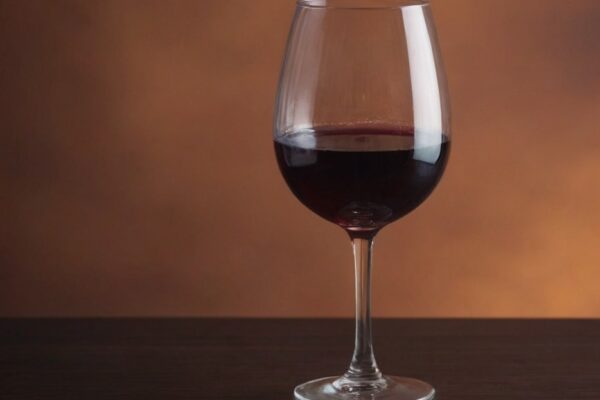
Oxidative Style
The oxidative style of wine is a deliberate winemaking approach that exposes the wine to controlled amounts of oxygen during production. This technique enhances secondary aromas, flavours, and textural complexity, distinguishing oxidative wines from their reductive counterparts. Wines made in this style often exhibit savoury and umami flavours, nutty aromas, a deeper colour compared to…
-
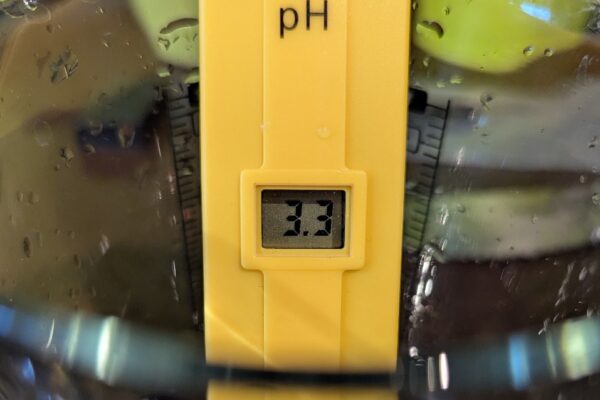
pH Level
pH is a measure of acidity on a scale from 0 to 14. The relationship between a wine’s taste profile and its acidity can sometimes be misleading due to factors such as sweetness, tannins, alcohol content and winemaking techniques, particularly in red wines. In some cases, I measure the pH level to help determine the…
-
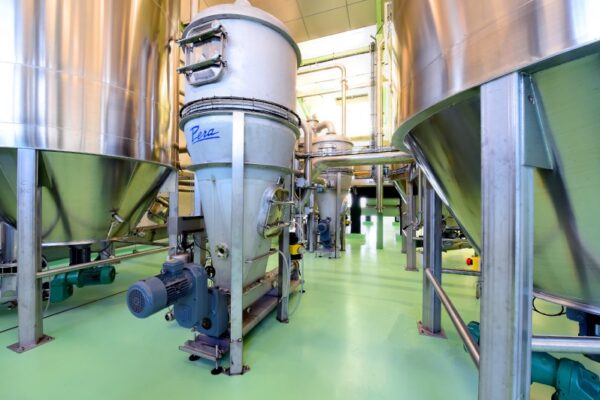
Mash Heating
Mash heating, also known as thermovinification in winemaking, is a process that involves heating the grape must to higher temperatures than traditional methods. This technique is used to enhance various aspects of the final product. The process is sometimes used for grapes damaged by botrytis or grape rot in order to avoid prolonged contact with the grape must. Thermovinification…
-
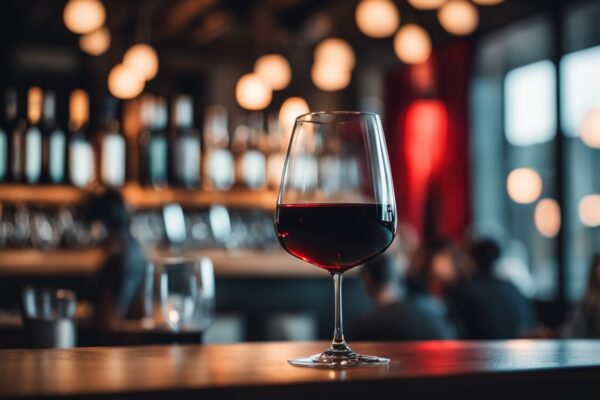
Tight Wine
Tight refers to a red wine that is not quite expressive in aroma and flavour when it is initially opened and tasted. This term is often used to describe younger red wines. Tight wines generally have high acidity and tannin levels that haven’t yet integrated smoothly with the wine’s fruit and other components. Over time,…
-
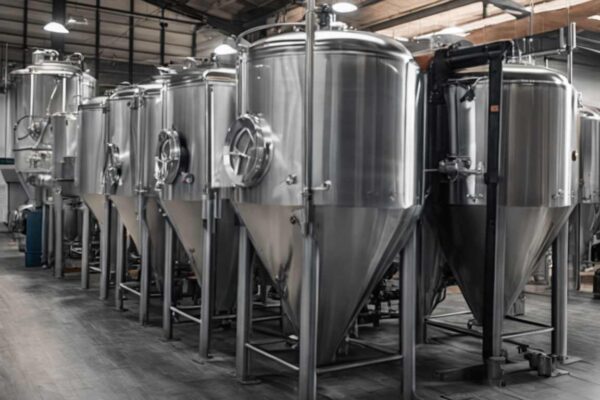
Malolactic Fermentation
Malolactic Fermentation (MLF) is a common process in the production of many most wines and a few white wines. During MLF, malic acid present in the wine is converted to lactic acid by lactic acid bacteria, which helps in reducing the wine’s acidity and contributes to a smoother, creamier mouthfeel. For white wines, MLF is…
-
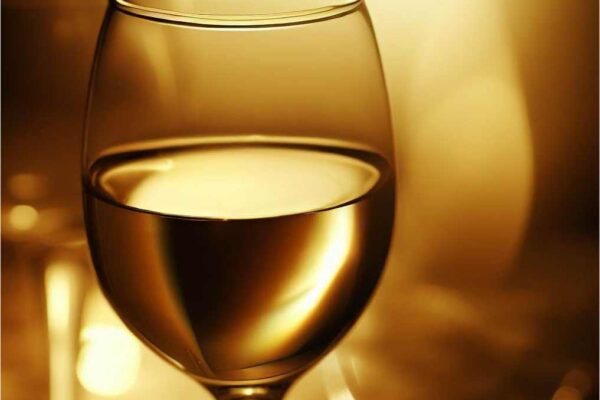
Complexity
The term ‘complexity’ is often used to describe a wine’s multifaceted character. A complex wine offers a range of flavours, aromas and sensations that unfold in layers as you taste it. Unlike a simple wine, which might be pleasant but one-dimensional, a complex wine keeps your palate engaged by constantly revealing new aspects of its…
-

Premox
Premox, or premature oxidation, is an issue that can affect wine, particularly white wines, most notably those from the Burgundy region of France. It refers to a condition where a wine ages prematurely, resulting in it losing freshness and exhibiting oxidised characteristics much earlier than expected. This problem is not limited to but is most…
-

Charmat Method
The Charmat method, also known as the tank method or cuve close, is a sparkling wine production technique used to create effervescent wines like Prosecco. This method takes its name from its inventor, Eugène Charmat, a French winemaker who developed the process in the early 20th century. In the Charmat method, a still base wine…
-

Pét-Nat
Pétillant Naturel, commonly known as Pét-Nat, is a unique style of sparkling wine. The term translates from French to “naturally sparkling,” and this wine is notable for its ancient method of production. The Pét-Nat method, also referred to as Méthode Ancestrale, dates back to the early 16th century in Limoux, South France, originally used by…
-

Noble Rot
Noble rot, also known as ‘Botrytis cinerea’, is a beneficial fungus that affects wine grapes. Under specific conditions, this fungus can lead to the production of some of the world’s best sweet wines. When the fungus attacks the grape, it causes the grape to shrivel, concentrating the sugars and flavours. This results in a very…
-

Fine Wine
Fine wine is a ambiguous term, often used the world of high-quality wines that stand out due to their exceptional taste, aroma and potential to age gracefully. These wines, typically crafted in limited batches, come from well-known vineyards and are the acquired by collectors, enthusiasts and connoisseurs. Major wine-producing regions, like Bordeaux in France, Tuscany…
-

Varietal Wine
Varietal wine is made mainly from a single grape variety and its label usually indicates this. It aims to showcase the unique characteristics of that specific grape. On the other hand, many wines are blends for several reasons. Blending can add complexity by combining the attributes of different grape varieties. It also allows for more…
-
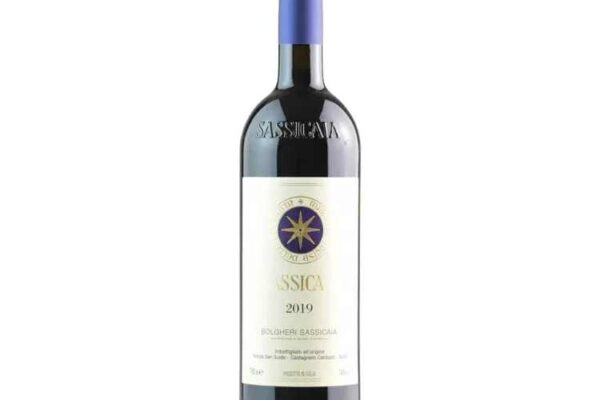
Super Tuscan
A Super Tuscan wine refers to red wines produced in Tuscany, Italy, that don’t adhere to the traditional wine-making rules of the region. In the 1970s, some Tuscan wine producers began to feel constrained by the strict wine-making regulations of the region. These rules dictated which grape varieties could be used, the methods of production…
-
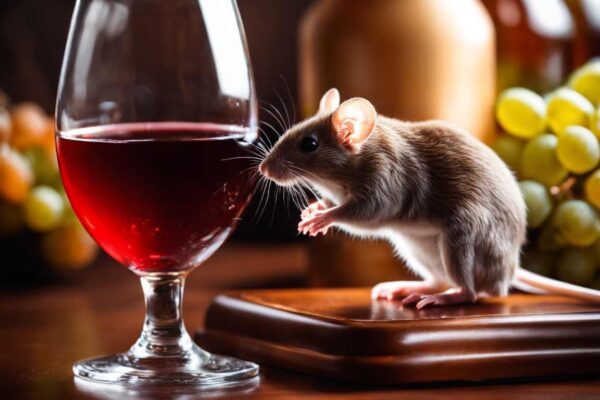
Mousiness
Wine mousiness is a fault that arises during the wine making process, mainly due to the presence of undesirable Brettanomyces (‘Brett’) and Lactobacillus. These microorganisms produce certain compounds like tetrahydropyridine that are responsible for the unpleasant odour and taste associated with this fault. It’s called ‘mousiness’ or ‘mouse cage’ due to the characteristic odour and…
-

Light Strike
Light strike in wine, caused by exposure to sunlight or artificial light, leads to unpleasant aromas and flavours reminiscent of sewage, rotten eggs, wet wool or cooked cabbage. This is due to the generation of compounds such as dimethyl disulphide created when light reacts with riboflavin in the wine, creating off-smelling sulphur compounds. The problem…
-
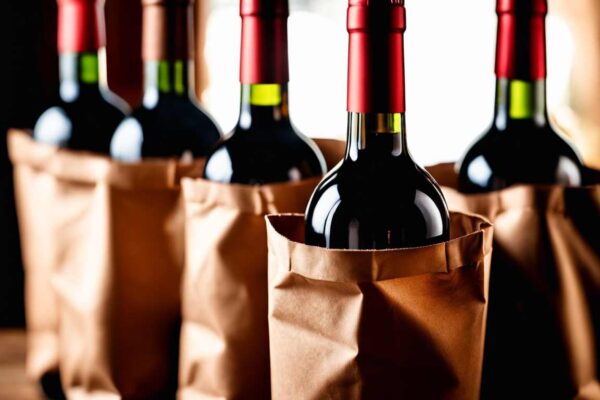
Blind Tasting
Blind tasting refers to the practice of tasting wines without knowing their identity. The bottles are usually covered or the labels are hidden, so tasters have no information about the grape variety, region, producer, or vintage. This method is often employed to prevent any preconceived notions or biases from influencing the taster’s judgement. Blind tasting…
-

Bottle Shock
Bottle shock is a temporary condition that can occur in wine when it has been shaken or subjected to drastic temperature changes. This can happen during shipping, handling or even after bottling. The agitation can disrupt the wine’s molecular structure, leading to a loss of flavour, aroma and overall quality. The symptoms of bottle shock…
-

Reductive
A reductive wine is usually a faulty wine that has been exposed to too little oxygen during its production or storage. This lack of oxygen can lead to the development of undesirable aromas and flavours. In reductive wines, you might detect sulphur-like smells, which can range from struck match and rubber to rotten eggs or…
-

Field Blend
A field blend wine refers to a wine made from two or more grape varieties that are grown together in the same vineyard, harvested at the same time and then co-fermented together. This is in contrast to wines where different grape varieties are grown in separate plots, harvested at different times, and then blended together…
-

Terroir
‘Terroir’ is a French term, steeped in sentiments, debates and controversy. Though it fundamentally translates to “a sense of place”, its meaning varies for different people. Terroir encapsulates the unique blend of both natural and human influences that endow wine with its distinct character. It speaks of everything from the soil’s constitution where the grapes…
Recent
-
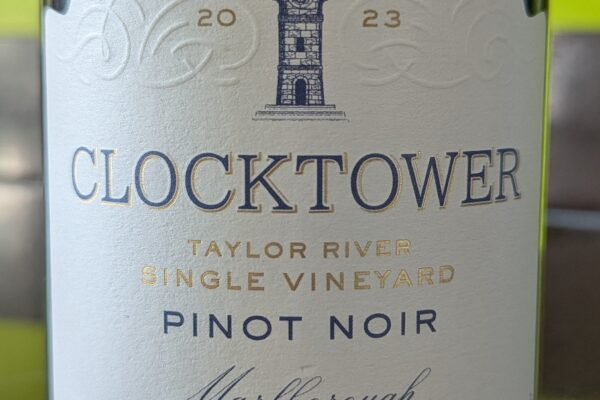
Clocktower Pinot Noir
-

Gen Z Drinking More Alcohol
-

25% Off Wine at Sainsbury’s
-

Co-op Irresistible 30° Casablanca Valley Pinot Noir
-

Taste the Difference Bio Bio Chilean Pinot Noir
-

UK Tariffs Impact Spanish Wines
-

Tensions Between Wine Growers and Supermarkets
-
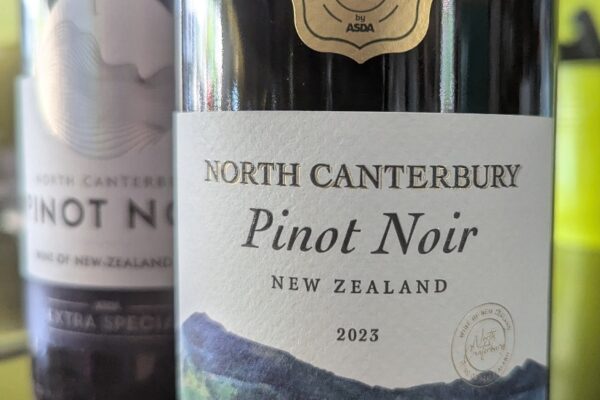
North Canterbury Pinot Noir 2023
-

WineGB Awards 2025
-

Trade Associations Raise Urgent Concerns Over EPR Base Fees for Glass Packaging
Tags
25% Off Wine Aldi Amarone Argentina Articles Asda Australia Award Awards25 Bibendum Biodynamic Bizarre Blog Books Bordeaux Cabernet Sauvignon Carménère Cava Champagne Chenin Blanc Chile Climate Change Coop Decanter Duty English Wine EPR Europe Events Food France Glossary Greece Headaches Health Hungary IGT Italy IWSC Jeroboams Laithwaites Legislation Liberty Wines Lidl Low Alcohol M&S Majestic Malbec Merch Merlot Morrisons Naked Wines News New Zealand Ocado Offers Old Vine Organic Past Tastings Pinotage Pinot Grigio Pinot Noir Port Portugal Prices Primitivo Prosecco Regulations Reviews Ribera del Duero Riesling Rioja Ripasso Rose Sainsbury's Saperavi Sauvignon Blanc Shiraz Sicily South Africa Spain Sparkling Supermarkets Sustainable Tax Terroir Tesco The Wine Society Unrepresented USA Valpolicella Virgin Wines Waitrose Wanderlust Welsh Wine What to Buy Wine Art WineGB WIne Glasses Zinfandel



